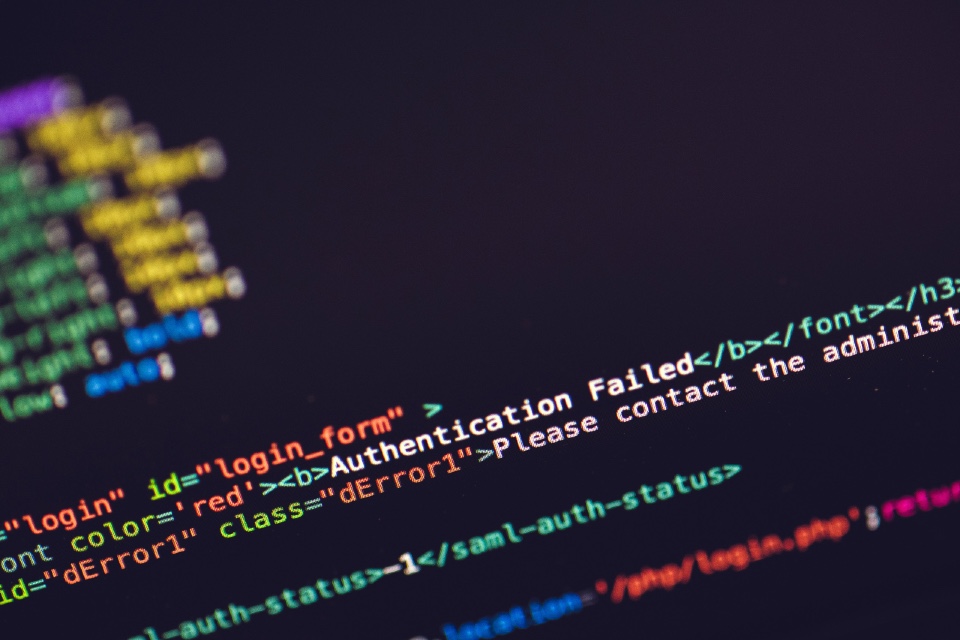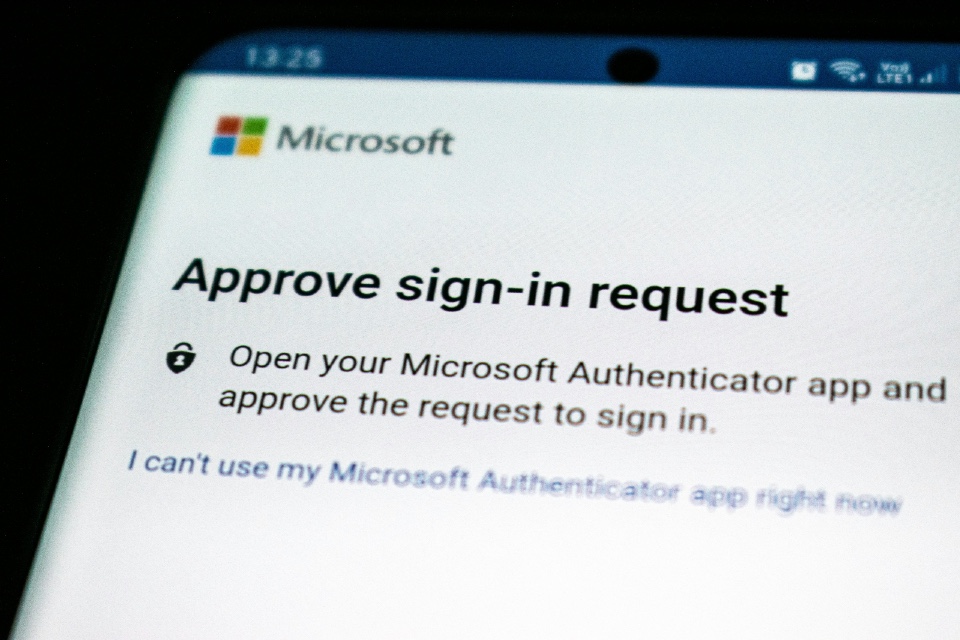May is Multi-Factor Authentication Month on Fraud Prevention Briefing – Here’s how to get involved!

Each month on Fraud Prevention Briefing we’re shining the spotlight on a different part of the market – and in May we’ll be focusing on Multi-factor Authentication Solutions. It’s all part of our ‘Recommended’ editorial feature, designed to help industry buyers find the best products and services available today. So, if you specialise in Multi-factor Authentication Solutions and […]
MULTI-FACTOR AUTHENTICATION MONTH: Top tips for finding the best solutions to shield your tills

Multi-Factor Authentication (MFA) solutions offer an extra layer of security for anti-fraud professionals in retail, but navigating the landscape of providers can feel overwhelming. Fear not! Here are some top tips to help you source the best MFA solution for your retail organisation… Understanding Your Fraud Landscape Evaluating MFA Solution Providers Beyond the Technology: Training and Support Popular […]
MULTI-FACTOR AUTHENTICATION MONTH: Deploying multi-factor security across multiple sectors

For anti-fraud professionals, the fight against unauthorised access is a constant battle. While passwords have long been the first line of defence, cybercriminals are becoming increasingly adept at cracking them. This is where Multi-Factor Authentication (MFA) steps in as a powerful tool, adding an extra layer of security and significantly reducing the risk of fraud […]
MULTI-FACTOR AUTHENTICATION MONTH: How MFA became a fraud fighter’s favourite dance partner

For years, online fraudsters have waltzed through checkout pages, leaving a trail of stolen identities and empty wallets in their wake. But the tide is turning. Multi-factor authentication (MFA), once a niche security measure, has become a vital weapon in the fight against merchant fraud. Here’s how… The Rise of the Extra Layer: Traditional online […]
If you specialise in Multi-Factor Authentication Solutions we want to hear from you!

Each month on Fraud Prevention Briefing we’re shining the spotlight on a different part of the market – and in May we’ll be focussing on Multi-factor Authentication Solutions. It’s all part of our ‘Recommended’ editorial feature, designed to help industry buyers find the best products and services available today. So, if you specialise in Multi-factor Authentication Solutions and […]
Implementing Multi-Factor Authentication: Strengthening security in digital payments

As the digital payments landscape expands, so do potential vulnerabilities. It is critical for businesses to enhance their security measures, particularly in the realm of digital commerce. One effective method of safeguarding sensitive information is the use of Multi-Factor Authentication (MFA). Here are steps to put MFA in place for the digital payments element of […]
